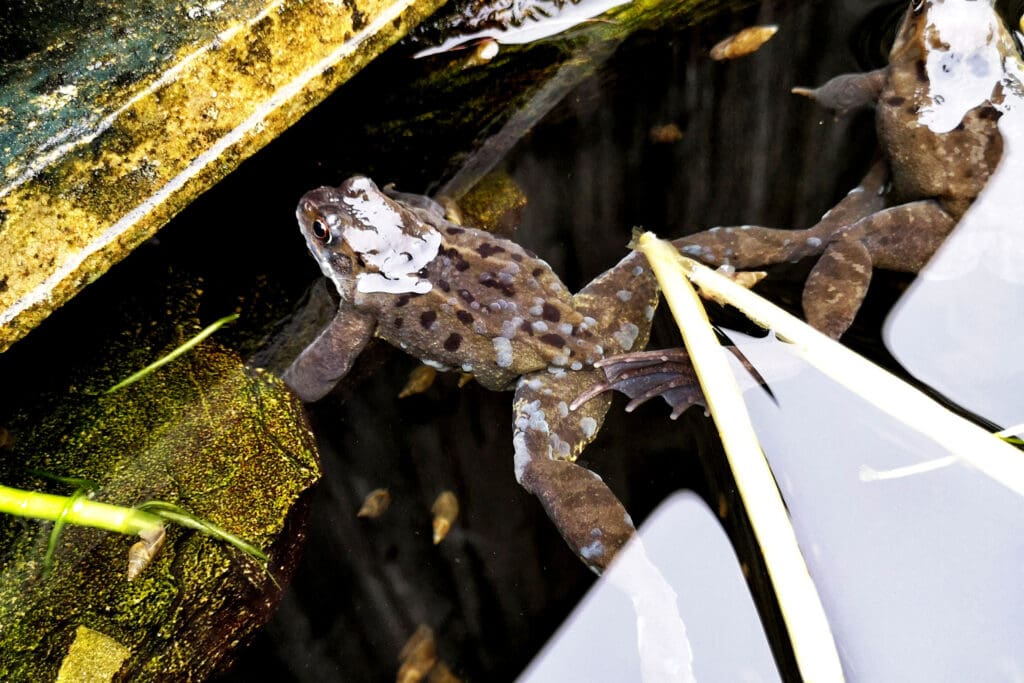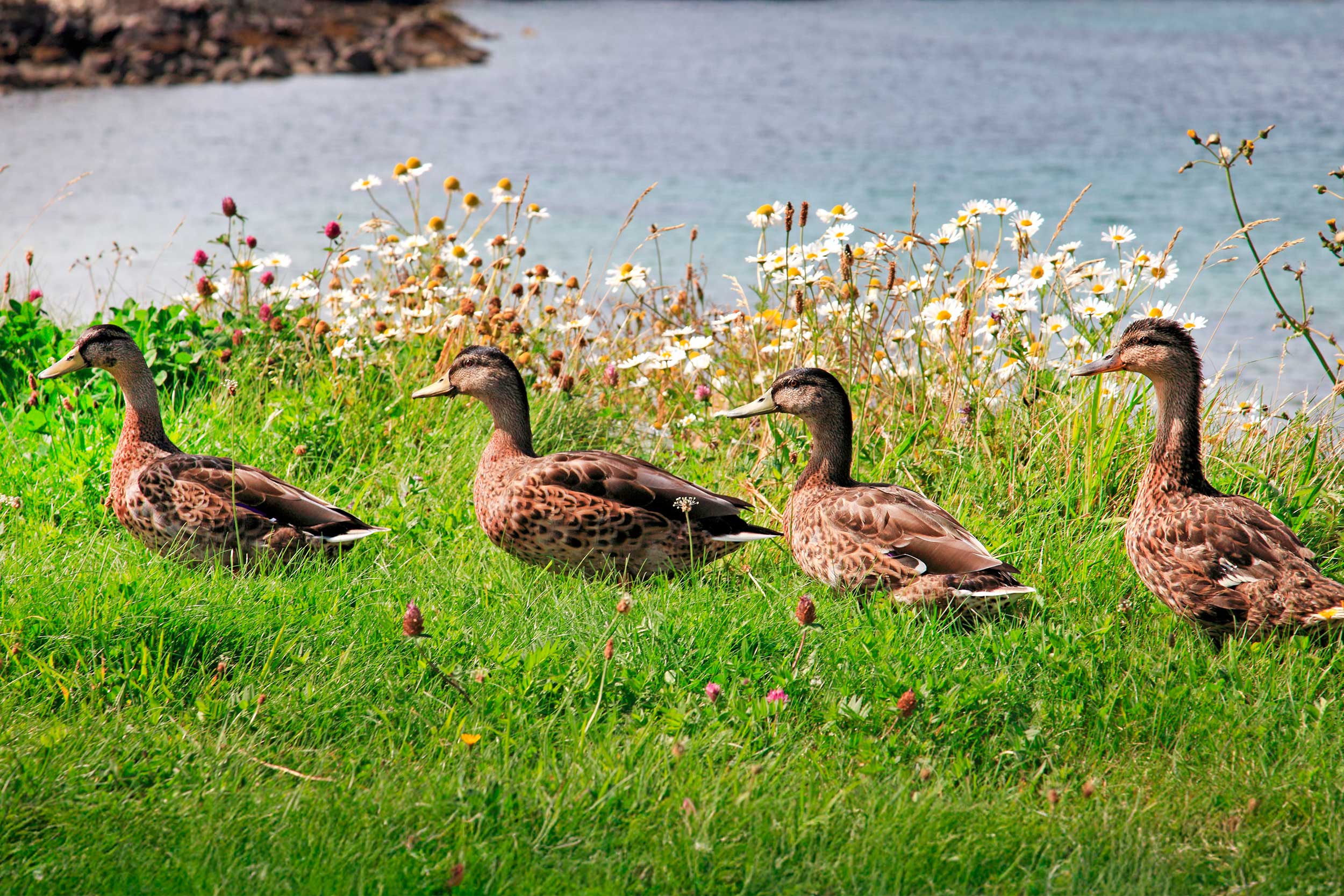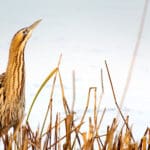I have seen a large group of female Mallards all walking along a path together – is this normal?
Tom Holden
Although the members of the group may have looked like females, it sounds like you may have seen a flock of Mallards in their eclipse plumage, which is normal for this time of year. Eclipse plumage is a temporary or transition plumage and occurs in late summer when Mallards have finished breeding and are starting to moult. For about a month, they can’t fly and are vulnerable to predators. Males look like females during this period so that they appear less obvious. It might be that this large flock has come together for safety while they’re more vulnerable and struggling to fly.
Discover which other birds go through seasonal plumage transformations.
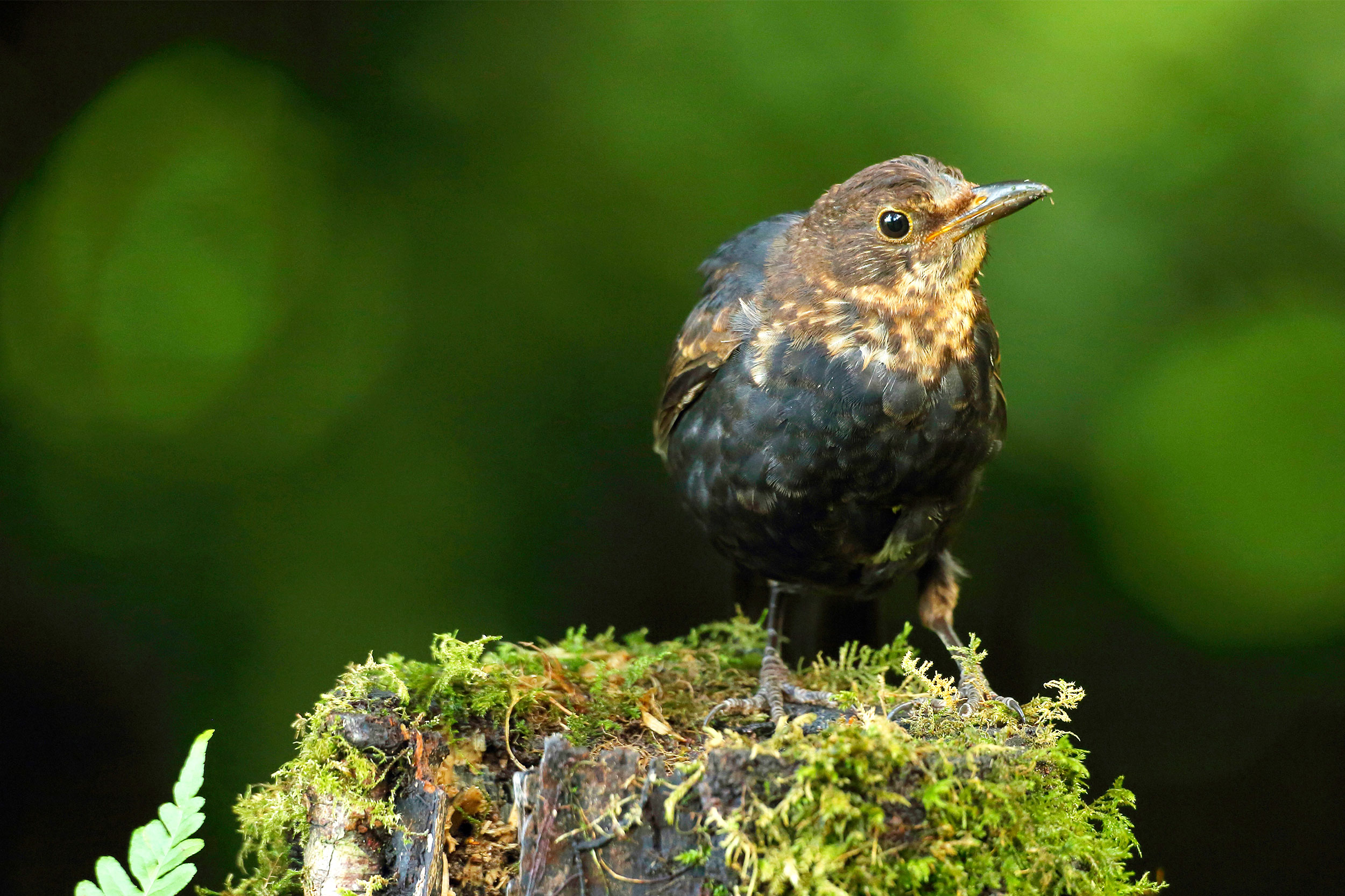
Juvenile Blackbird. Photo: Alex Barnett (rspb-images.com)
I saw a bird in my garden that looked like a Blackbird, but it had a brown head. Was this a Brown-headed Cowbird?
Alice Bell
Brown-headed Cowbirds are native to North America, and it would be very unusual to see one in the UK. The bird you are describing is likely to be a juvenile Blackbird. Quite often, moulting Blackbirds are mistaken for these birds when they’re in-between their juvenile plumage, which is brown in colour, and their adult plumage which, for males, will be black. This process doesn’t happen suddenly, and usually the head feathers are the last to be replaced, resulting in a black body and brown head. At this time of year, as birds change from their juvenile to adult plumage, they can look quite unusual!
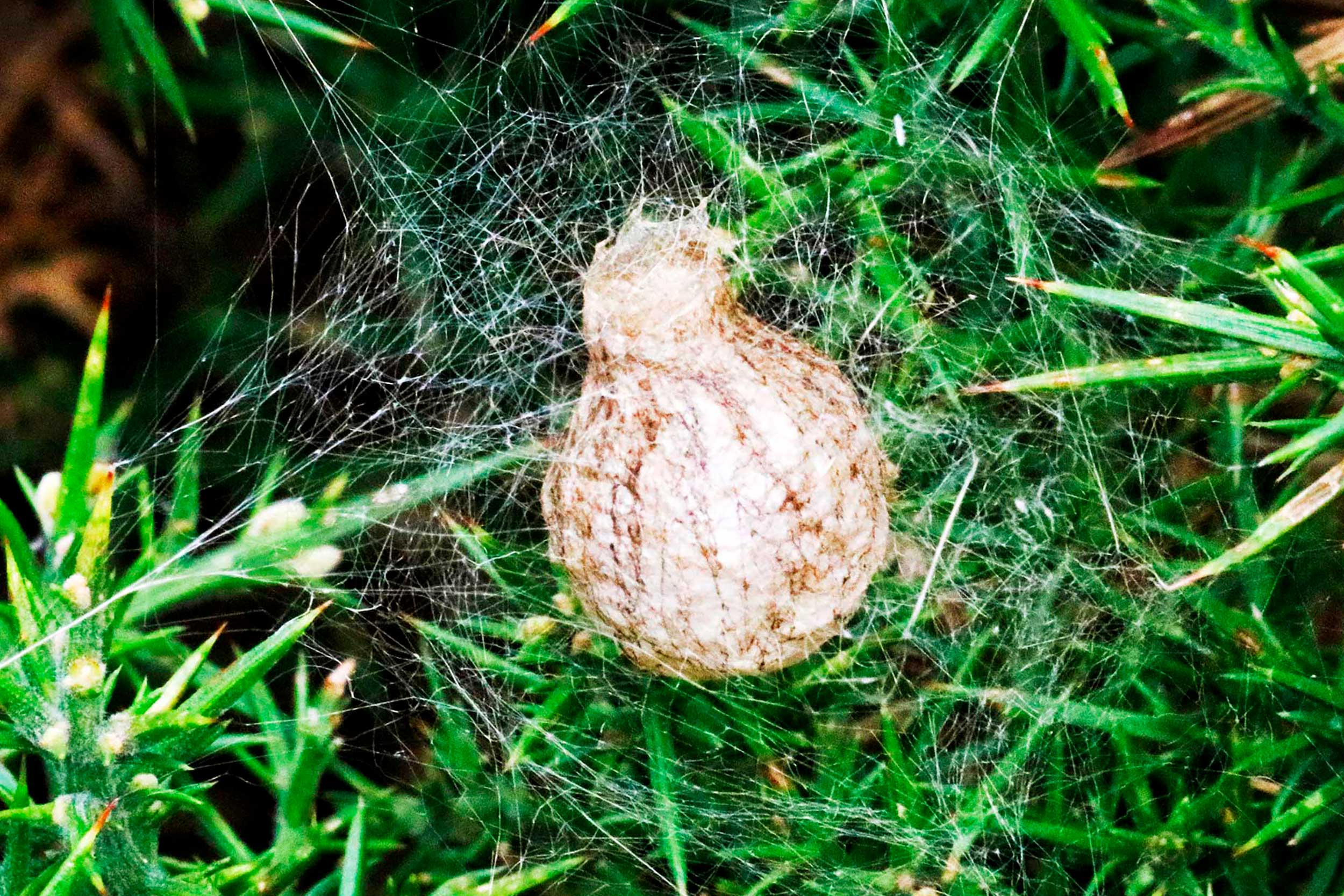
Wasp Spider egg sac. Photo: RSPB reader
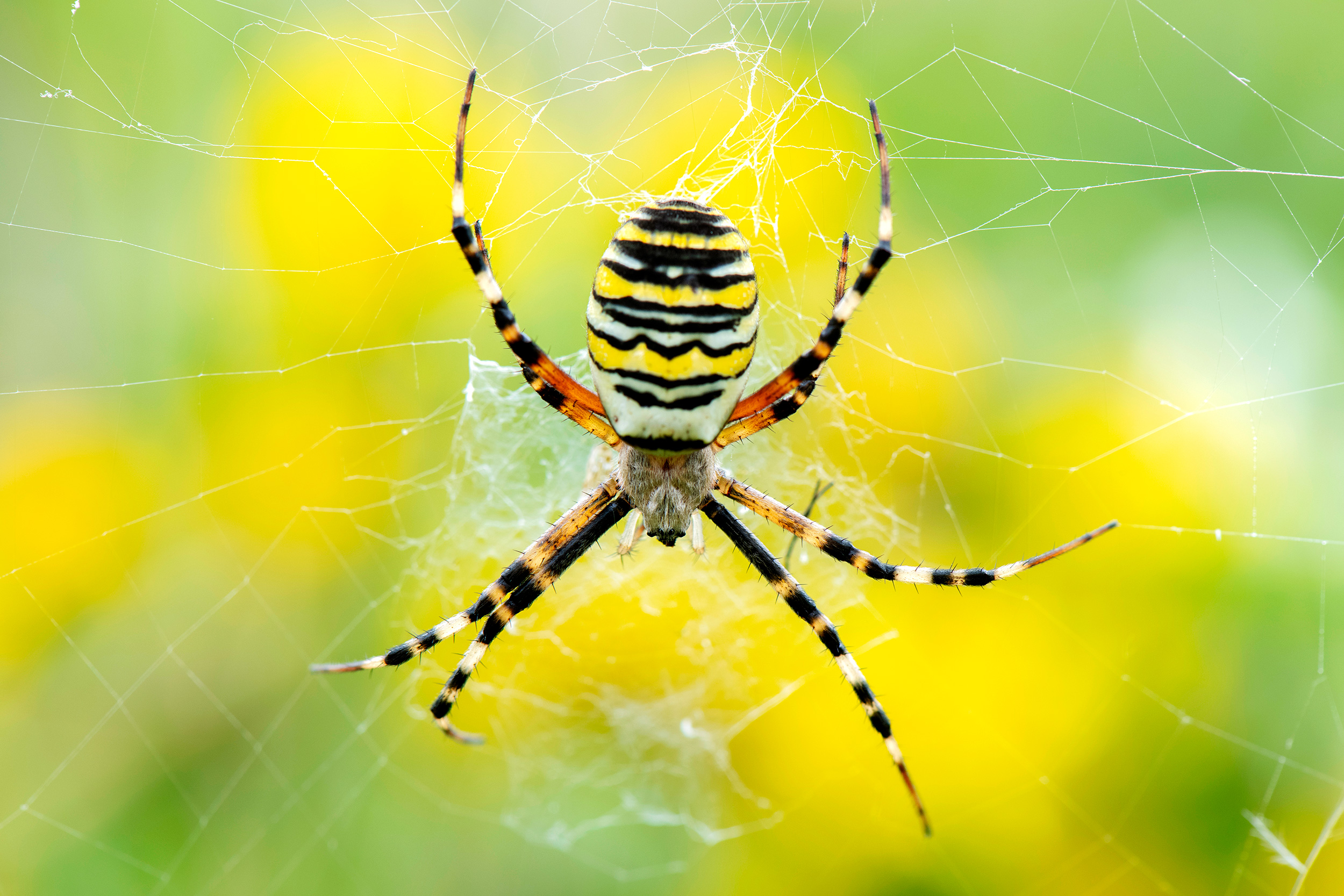
Wasp Spider. Photo: Ben Andrew (rspb-images.com)
What is this that I spotted in my garden?
The RSPB Magazine reader
This cocoon-like structure shows the impressive handiwork of a Wasp Spider! These spiders are found across the south of England and get their name from their yellow and black striped appearance. Once mated, the female Wasp Spider lays her eggs and then spins a large, brown egg-sac, as seen in this photo. It’s usually hung in the vegetation near her web. Once autumn comes, the females die off and the young hatch from the eggs before winter. However, they stay within the safety of the egg sac and do not emerge until spring.
Grass Snake or Slow-worm?
Of the three native UK snakes (Adder, Smooth Snake and Grass Snake), Grass Snake is the most commonly spotted in gardens. However, there is a similar animal that also turns up in gardens that can cause confusion – the Slow-worm, which is actually a legless lizard. Grass Snake are widespread in England and Wales but rare in Scotland, whereas Slow-worm are widespread in most of Britain. Neither live in Northern Ireland. Find out more about these native reptiles.
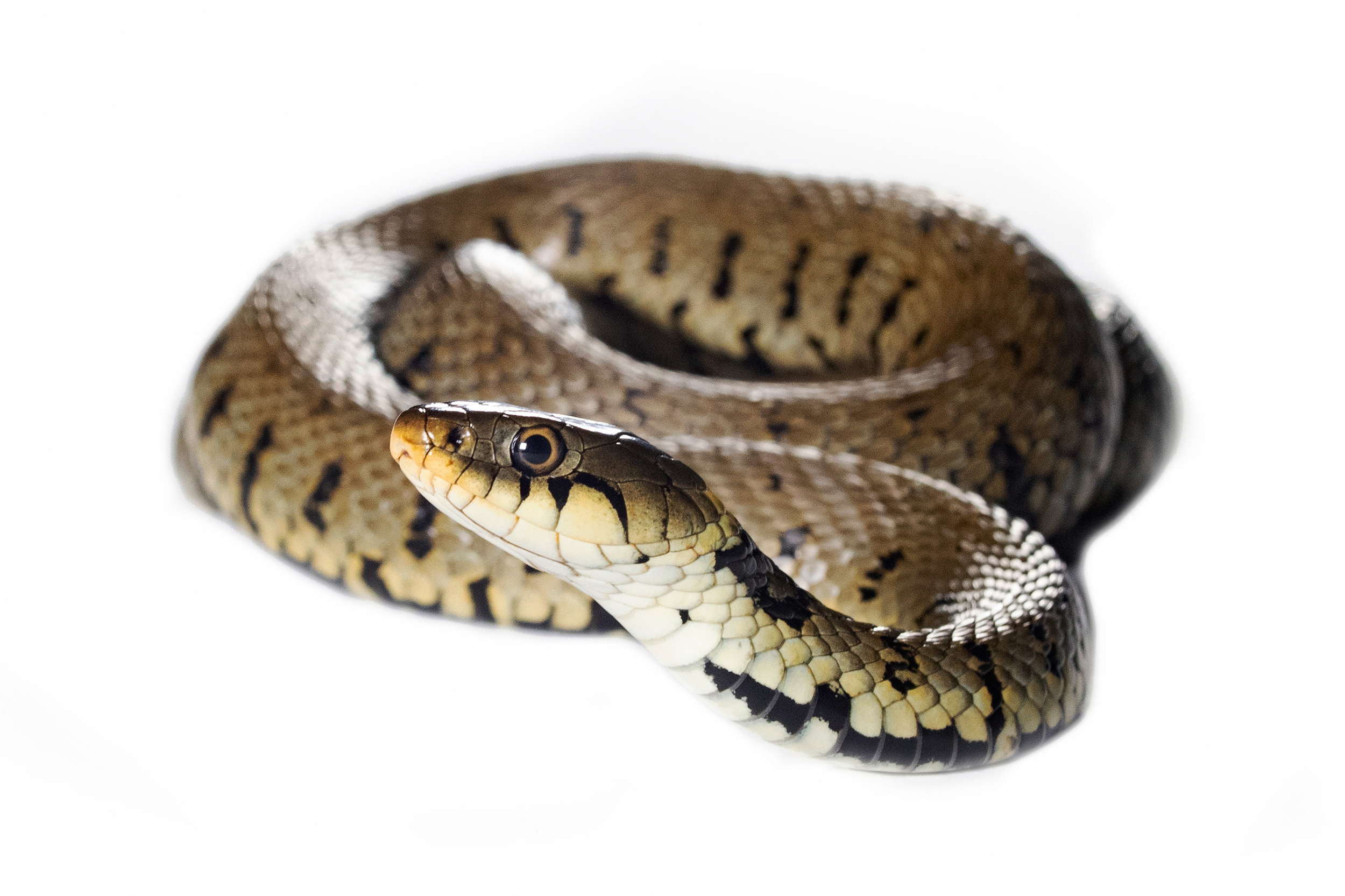
Grass Snake. Photo: Jack Perks (rspb-images.com)
Grass Snake
- Usually green or brown
- Distinctive yellow/cream and black ‘collar’
- Black bar markings on either side; some also have spots on the back
- Round eyes with no lids
- 70–100cm in length (some females can grow larger)
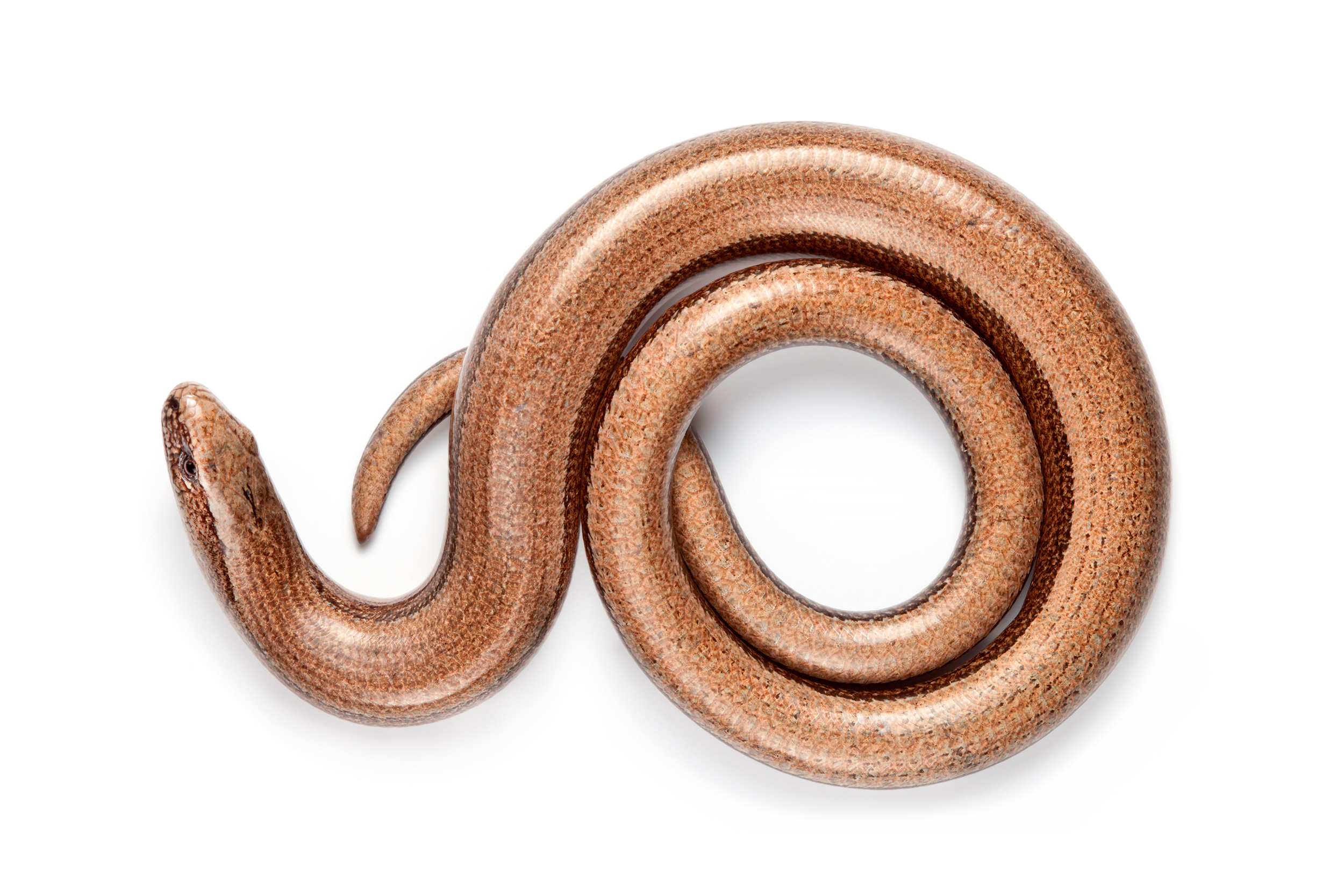
Slow-worm. Photo: Alex Hyde (Alamy Stock Photo)
Slow-worm
- Mainly coppery, grey or brown
- Cylindrical body with a small, bullet-shaped head
- Looks smooth and shiny
- Moveable eyelid, which allows them to blink
- 35–40cm in length
- Can detach their tails when attacked, like other lizards
How to…
Harvest seeds for pollinators
When collecting seeds, make sure you collect from public places. Some brilliant wildlife-friendly plants that produce seedheads include 1. Globe Thistles (Echinops spp), 2. Opium Poppy (Papaver somniferum), 3. Echinacea (Echinacea purpurea), 4. Teasel (Dipsacus fullonum) and Alliums (Allium spp). You can use paper bags to store seeds through winter – just make sure you store them in a cool, dry, dark place. When collecting your seeds be sure to leave some seedheads behind – they’re a fantastic winter food source for birds and other wildlife.
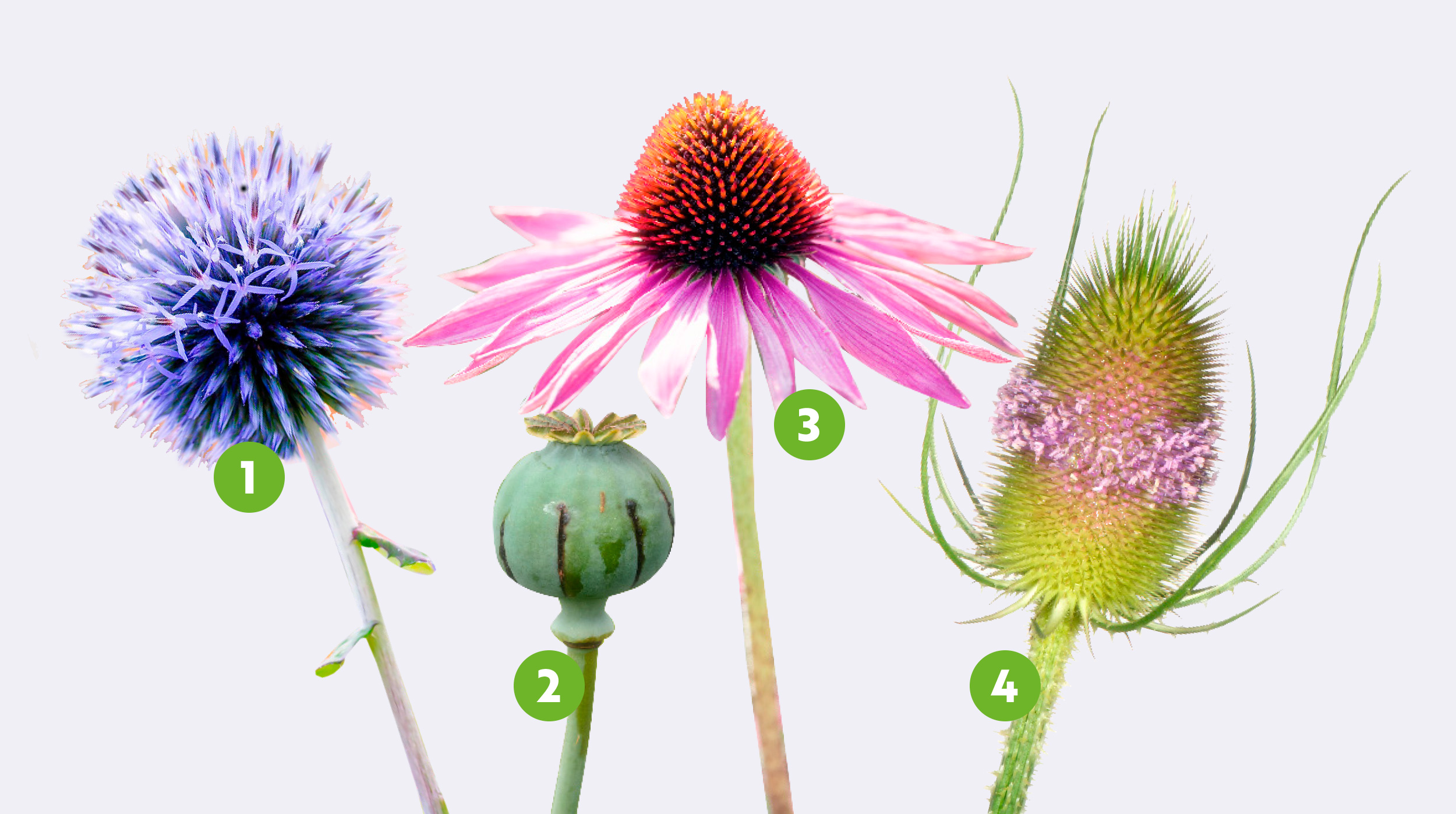
Photos: Island Images, Steffen Hauser botanikfoto, Christina Bollen, Nigel Cattlin (all Alamy Stock Photo)
You might also like
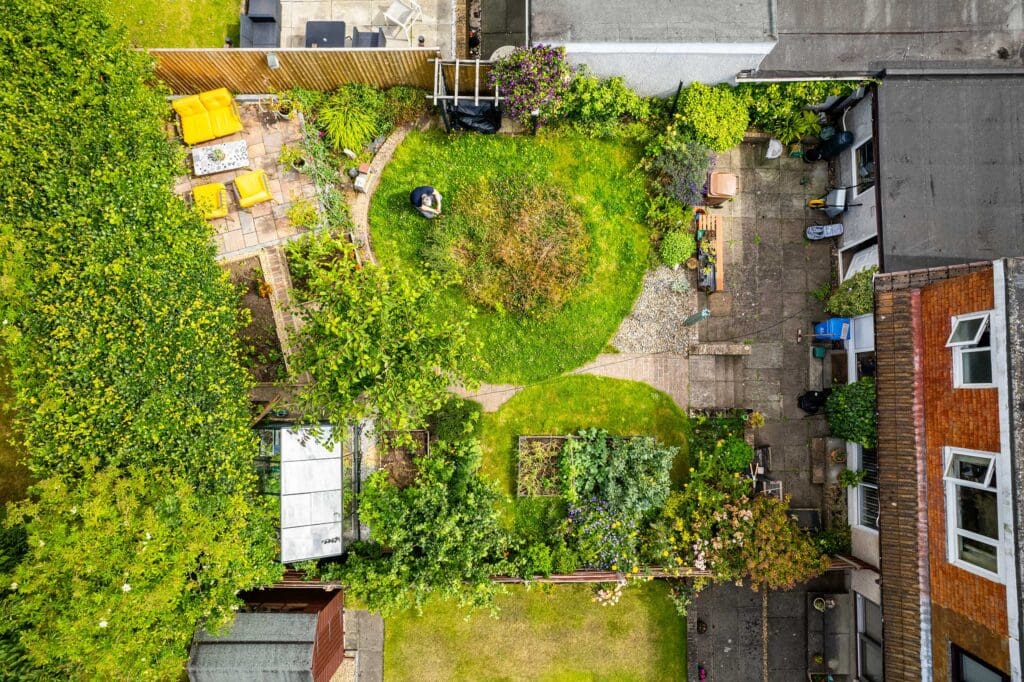
Wildlife gardening: keeping it simple
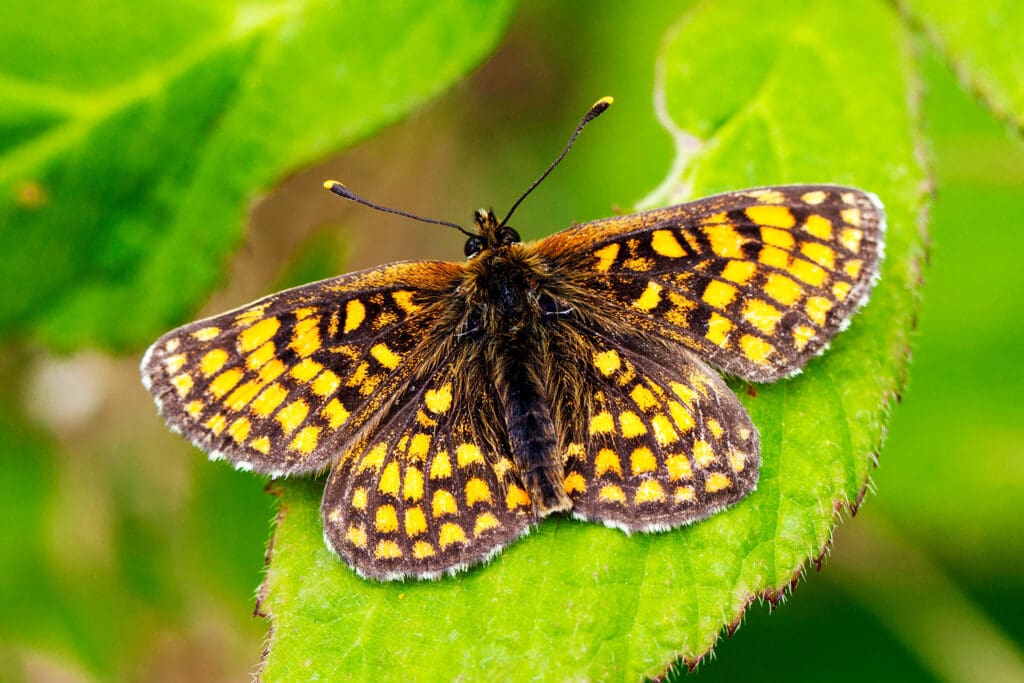
The spotter’s challenge: Butterflies
